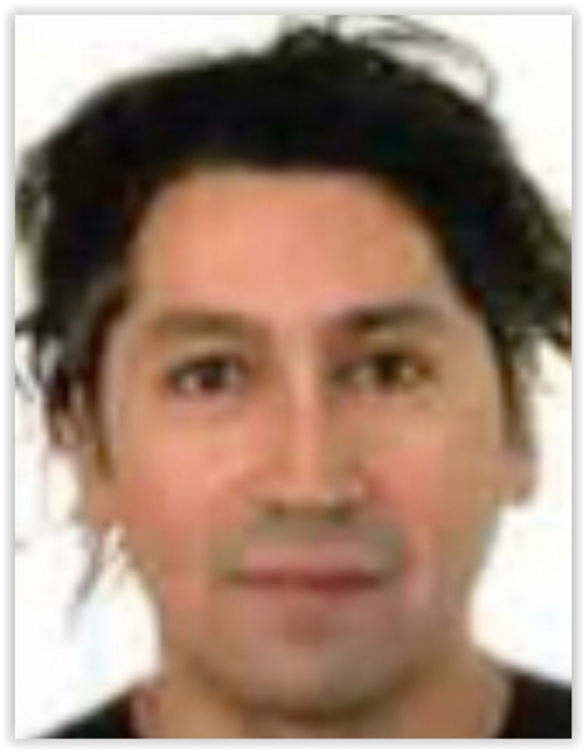Acuna group (CHS)
Group Leader

Dr. Claudio Acuna
Anatomie und Zellbiologie
Im Neuenheimer Feld 307
69120 Heidelberg
Tel. 06221-54-8652
Fax 06221-54-8676
Email
Research Summary
Laboratory of Neural Circuits and Behavior
We are interested in understanding the molecular, synaptic and circuit basis of behavioral control and its dysregulation in devastating neuropsychiatric diseases such as autism and schizophrenia.
Molecular and synaptic organization
Execution of complex behaviors such as social interactions relies on the integration of multiple external and internal signals. We are interested in understanding how these signals are integrated within the midbrain periaqueductal gray (PAG), a major interface between the forebrain and the lower brainstem that plays a pivotal role in integrated innate behavioral responses, such as aggression and mating. We aim to characterize, in exquisite detail, the molecular architecture and synaptic organization of PAG circuits using a combination of single-cell transcriptional profiling, viral labelling and tracing of connectivity in genetically-defined PAG populations, and detailed electrophysiological characterization of these different neuronal subtypes.
Neural circuits and behavior
The PAG is a major node for organizing innate social behaviors, but the cellular and synaptic mechanisms by which specific PAG neurons promote specific behavioral outputs remain poorly understood. We are using a combination of advanced video-tracking coupled to recordings of ultrasonic vocalizations during naturalistic social interactions, cell-type specific manipulation of PAG circuits via chemo- and optogenetic approaches, and in vivo fiber photometry to dissect the contribution specific PAG neuronal populations to innate social behaviors.
Neuropsychiatric disorders
Disruption in innate social behaviors is commonly observed in neuropsychiatric disorders such as autism, schizophrenia, and bipolar disorder. We study the genetic and circuits basis of neuropsychiatric disorders using two distinct but complementary approaches. First. We are taking advantage of mouse models of neuropsychiatric diseases as well as state of the art circuit approaches to generate a comprehensive understanding of disease-associated changes in PAG cell-types and synaptic connections that may underlie, and ultimately promote, behavioral abnormalities during disease. Second. We are capitalizing on emerging stem cell and CRISPR technologies to introduce disease-relevant mutations in pluripotent cells prime to develop into human neurons, and study the effects at the genetic and synaptic level.



